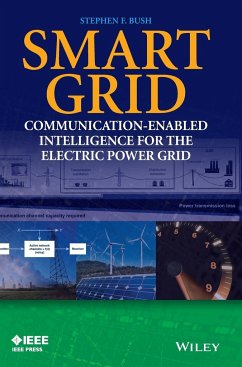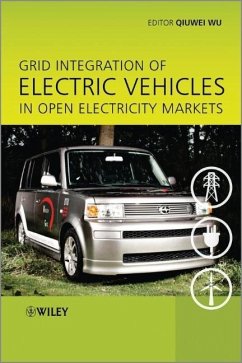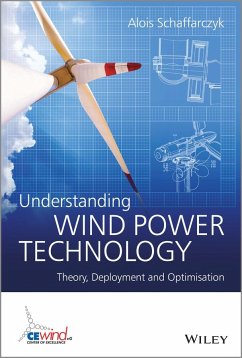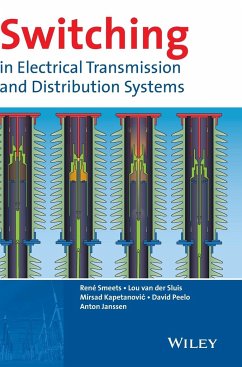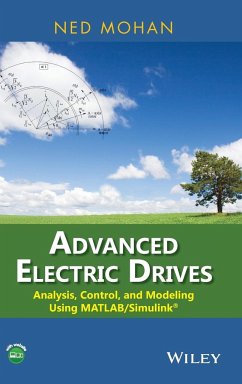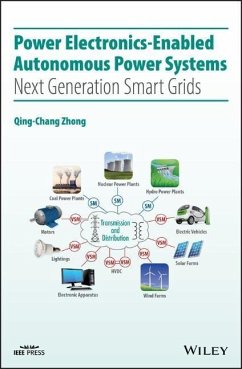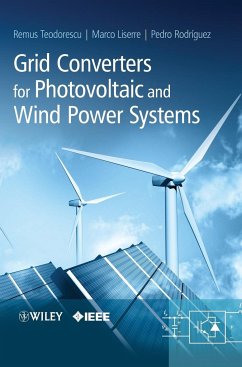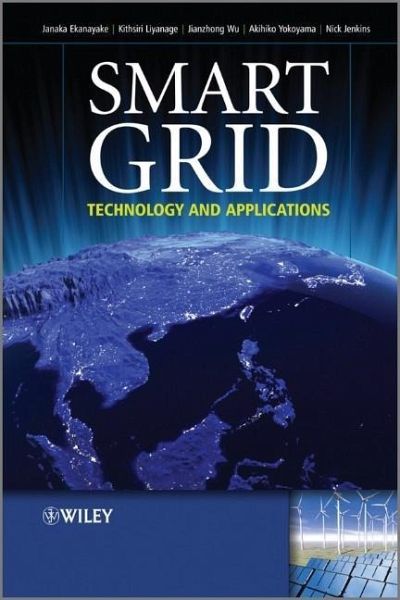
Smart Grid
Technology and Applications
By Janaka Ekanayake, Nick Jenkins, Kithsiri Liyanage et al.
Versandkostenfrei!
Versandfertig in 2-4 Wochen
109,99 €
inkl. MwSt.
Weitere Ausgaben:

PAYBACK Punkte
55 °P sammeln!
Electric power systems worldwide face radical transformation with the need to decarbonise electricity supply, replace ageing assets and harness new information and communication technologies (ICT). The Smart Grid uses advanced ICT to control next generation power systems reliably and efficiently. This authoritative guide demonstrates the importance of the Smart Grid and shows how ICT will extend beyond transmission voltages to distribution networks and customer-level operation through Smart Meters and Smart Homes.Smart Grid Technology and Applications :Clearly unravels the evolving Smart Grid ...
Electric power systems worldwide face radical transformation with the need to decarbonise electricity supply, replace ageing assets and harness new information and communication technologies (ICT). The Smart Grid uses advanced ICT to control next generation power systems reliably and efficiently. This authoritative guide demonstrates the importance of the Smart Grid and shows how ICT will extend beyond transmission voltages to distribution networks and customer-level operation through Smart Meters and Smart Homes.
Smart Grid Technology and Applications :
Clearly unravels the evolving Smart Grid concept with extensive illustrations and practical examples.
Describes the spectrum of key enabling technologies required for the realisation of the Smart Grid with worked examples to illustrate the applications.
Enables readers to engage with the immediate development of the power system and take part in the debate over the future Smart Grid.
Introduces the constituent topics from first principles, assuming only a basic knowledge of mathematics, circuits and power systems.
Brings together the expertise of a highly experienced and international author team from the UK, Sri Lanka, China and Japan.
Electrical, electronics and computer engineering researchers, practitioners and consultants working in inter-disciplinary Smart Grid RD&D will significantly enhance their knowledge through this reference. The tutorial style will greatly benefit final year undergraduate and master's students as the curriculum increasing focuses on the breadth of technologies that contribute to Smart Grid realisation.
Smart Grid Technology and Applications :
Clearly unravels the evolving Smart Grid concept with extensive illustrations and practical examples.
Describes the spectrum of key enabling technologies required for the realisation of the Smart Grid with worked examples to illustrate the applications.
Enables readers to engage with the immediate development of the power system and take part in the debate over the future Smart Grid.
Introduces the constituent topics from first principles, assuming only a basic knowledge of mathematics, circuits and power systems.
Brings together the expertise of a highly experienced and international author team from the UK, Sri Lanka, China and Japan.
Electrical, electronics and computer engineering researchers, practitioners and consultants working in inter-disciplinary Smart Grid RD&D will significantly enhance their knowledge through this reference. The tutorial style will greatly benefit final year undergraduate and master's students as the curriculum increasing focuses on the breadth of technologies that contribute to Smart Grid realisation.





